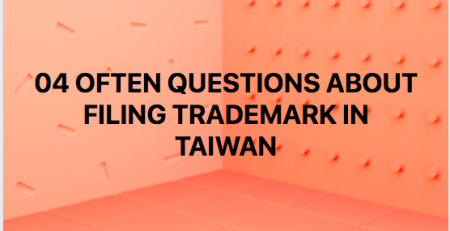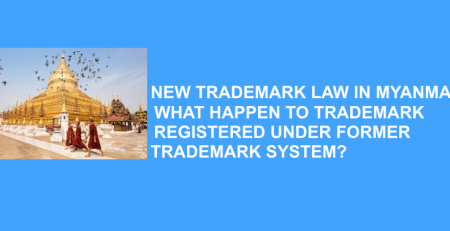China’s State Administration for Market Regulation (SAMR) released the amended Provisions on Prohibiting the Abuse of Intellectual Property Rights to Exclude or Restrict Competition
China’s State Administration for Market Regulation (SAMR) unveiled the revised Provisions on Prohibiting the Abuse of Intellectual Property Rights to Exclude or Restrict Competition. These amendments, aligned with the Anti-Monopoly Law, became effective on August 1, 2023.
SAMR emphasized that anti-monopoly measures and intellectual property (IP) protection serve the common goal of promoting competition, innovation, economic growth, and safeguarding consumer and public interests.
In today’s legal market, IP rights could be misused to curb competition. Competitors might use IP rights to abuse, including forming monopoly agreements, unreasonably pricing IP licenses or IP-related products, unjustifiably denying licenses to other operators, imposing unwarranted transaction restrictions, etc..
The amended provisions intend to strike a balance between IP protection and ensuring fair competition. They offer guidelines to identify market dominance and define prohibited abuses of IP rights.
While IP fosters innovation and competition, the potential for IP abuse must be acknowledged and addressed. Businesses need to stay informed about legal developments, industry standards, and seek legal counsel during transactions to ensure compliance and prevent Anti-Monopoly Law violations.
Change in safe harbour provisions
Safe harbor in intellectual property (IP) law refers to legal provisions that shield internet service providers (ISPs) and online platforms from liability for the infringing activities of their users. These provisions are typically present in copyright and trademark laws and are designed to strike a balance between protecting the rights of IP owners and fostering the growth of online platforms and internet services.
The safe harbor protections usually come with certain conditions that ISPs and online platforms must fulfill to qualify for immunity from liability, such as implementing a notice-and-takedown system. This means that when copyright owners identify infringing content on a platform, the platform must promptly remove or disable access to the content to maintain their safe harbor status.
In context of the SAMR, safe harbour refers to situations where behaviours that seem to violate the Anti-Monopoly Law are exempted as they have met certain criteria.
Now, the safe harbour regulations for horizontal monopoly agreements has been removed. In addition, the amended provision also provide additional contexts to the vertical monopoly agreements.
These regulations were originally only applicable to vertical monopoly agreements designated by the Anti-Monopoly Law Enforcement Agency under the State Council, but now they can be applied to all vertical monopoly agreements.
Horizontal monopoly agreements refer to collaborations or agreements between competing businesses that operate at the same level of the supply chain or offer similar goods or services.
For example, if several competing companies in a specific industry agree to fix prices, divide markets, or limit production collectively, it forms a horizontal monopoly agreement. This kind of agreement reduces competition and can lead to higher prices for consumers.
These agreements can lead to monopolistic practices, stifling competition and innovation in the market. They are typically considered illegal under antitrust laws because they harm fair competition.
Vertical monopoly agreements occur between businesses that operate at different stages of the supply chain, such as between a manufacturer and a retailer.
An example of a vertical monopoly agreement is when a manufacturer forces a retailer to sell its products exclusively or at a specified price. Another example could be a supplier dictating the resale price of its products by retailers.
Vertical monopoly agreements can also harm competition. For instance, if a manufacturer sets a minimum resale price for its products, it can limit price competition among retailers. However, not all vertical agreements are illegal. Some are permissible if they do not unreasonably restrict competition.
***Other Articles***
– You could see How To Register Trademark in China here.
– You could visit here to see Procedure of Trademark in China.
– You could visit here to check Required documents of filing trademark in China.
Contact AAA IPRIGHT: Email: [email protected]
Or sending your inquiry by filling the form:










